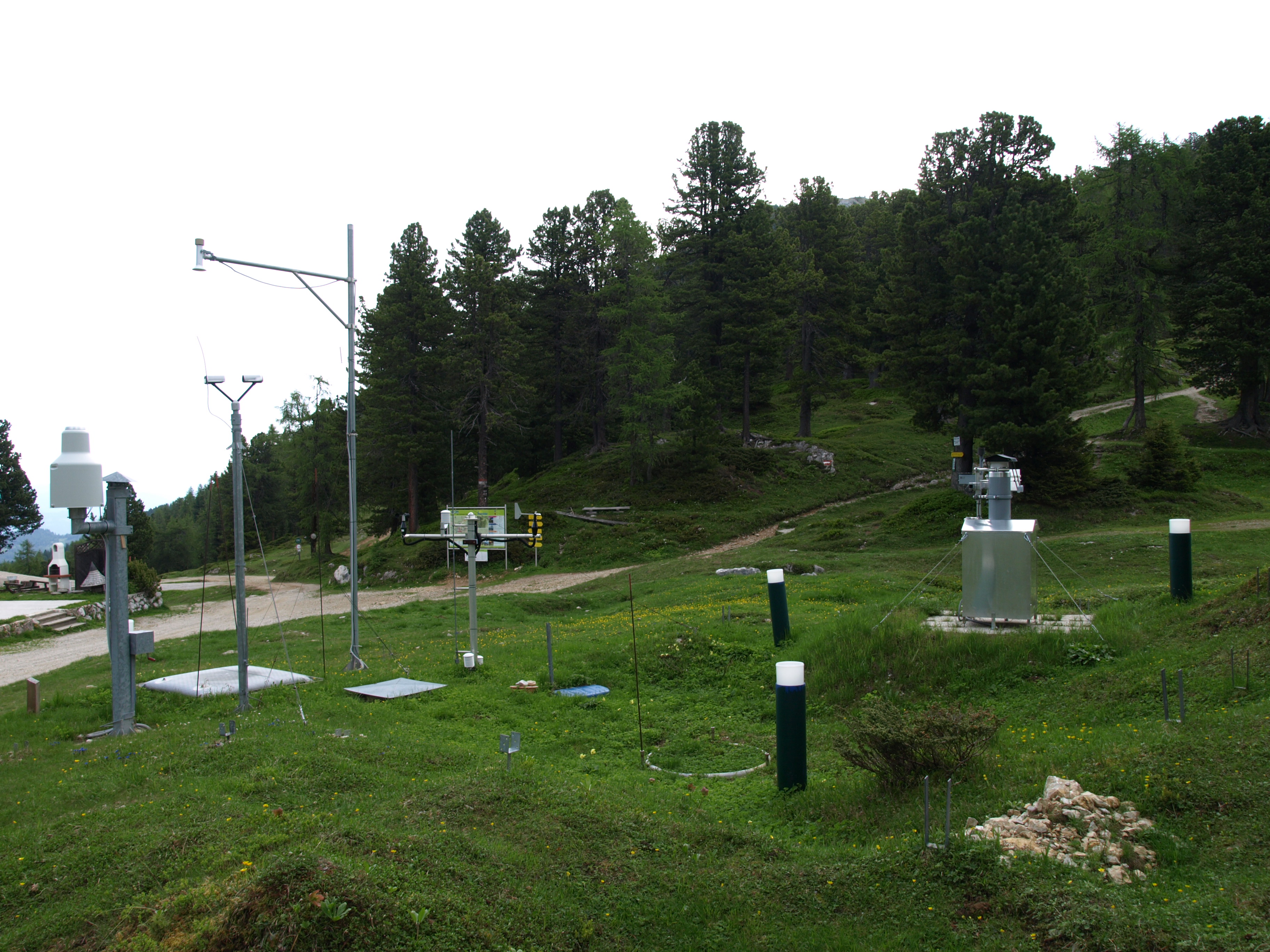- Influence of snow cover on the water balance
Using a combined approach of measurement and modeling, the role of the snow cover as part of the water balance for the Stoderzinken site should be better characterized. For this purpose, the isotope ratios (18O/16O and 2H/1H) in the snow cover and in the leachate of the lysimeter are also measured. This allows both the proportion of snowmelt in the seepage water to be determined and the average residence time of the snowmelt in the unsaturated zone to be calculated. The measurements are used to calibrate and validate the snow cover model. Using the snow cover model, the retention or contribution from snowmelt and its changes over time can be quantified. By means of repeated recordings of the spatial distribution of the snow depth, the uncertainty of the snow measurements due to the spatial variability should also be taken into account. - Behavior of water balance components in extreme years/periods
From the available time series of measurements of the water balance components, their year-to-year fluctuations and extreme values can be quantified. To do this, careful quality control of the measurement data is first necessary. The time series can then be analyzed and checked for plausibility using the model. - Comparison of the results with a valley location
By using an additional valley location (Gumpenstein), the height dependencies of the individual components of the water balance are determined. It is therefore expected that the area-distributed modeling of the water balance components can be improved in the future. Such data are of great interest beyond the study area as a basis for model simulations. - Effects of the water balance on yield and vegetation dynamics
Since there have been surveys of biomass data on the lysimeter since 2005, a long-term relationship between water balance parameters and yield dynamics can be analyzed and interpreted.

Water balance Stoder
Water balance Stoder





